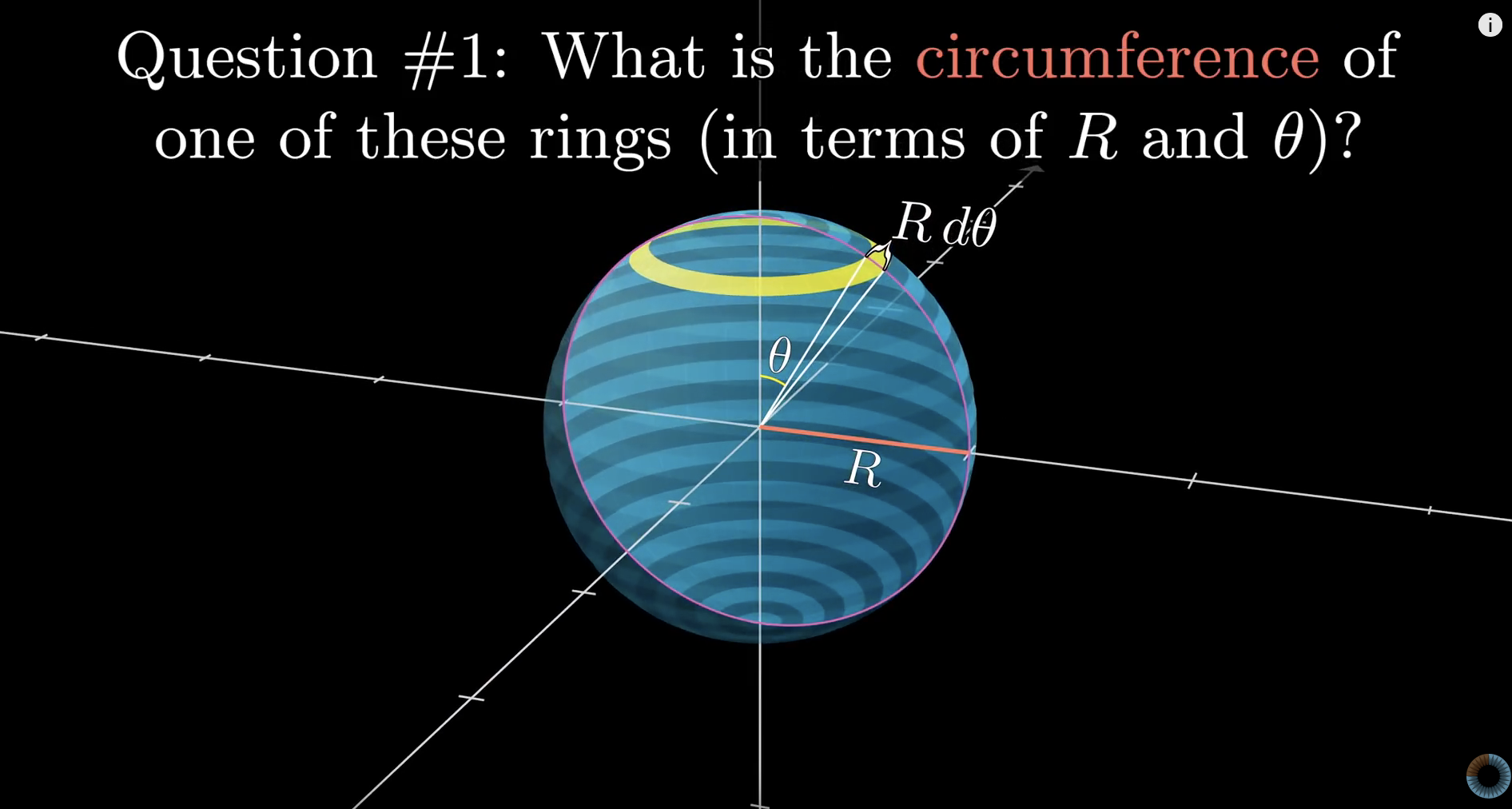[This one was written up pretty quickly because we had to get out the door for some weekend activities. Sorry for publishing the un-edited version]
Grant Sanderson has a new (and, as usual, incredible) video on “Pi hiding in prime regularities”:
By coincidence, we’ve done a project on this topic before:
A really neat problem that Gauss Solved
The old project is based on Chapter 8 from this book:

Sanderson’s new video is pretty deep and about 30 min long, so I’m going to break our project on his video into 3 pieces. Today we watched (roughly) the first 10 min of the video. Here’s what the boys took away from those 10 min:
The first topic we tackled today was how to write integers as the sum of two squares. This topic is the starting point in Sanderson’s video and the main point of the project from the Ingenuity in Mathematics project. We explored a few simple examples and, at the end, talked about why integers of the form 4n + 3 cannot be written as the sum of two squares:
Next we turned our attention to the complex numbers and how they came into play in (the first 10 min of) Sanderson’s video. My focus was on the Gaussian Integers. In this part of the project we talked about (i) why it makes sense to think of these as integers, and (ii) how we get some new prime numbers (and also lose a few) when we expand our definition of integers to include the Gaussian Integers:
To wrap up I mentioned the topic from the prior project. The question there is something like this -> since counting the exact number of ways an integer can be written as the sum of two squares is tricky, can we say anything about how to write an integer as the some of two squares?
Turns out you can, and that the average number of different ways to write a number as the sum of two squares is  . Pretty incredible.
. Pretty incredible.
[and, of course, I confused an  and
and  in the video 😦 Looking at the prior project will hopefully give a better explanation than I did here . . . . ]
in the video 😦 Looking at the prior project will hopefully give a better explanation than I did here . . . . ]
I’m always excited to go through Grant Sanderson’s video with the boys. He has an amazing ability to take advanced ideas and make them accessible to a wide audience. Sometimes making the topic accessible to kids requires a bit more work – but Sanderson’s videos are a great starting point.















